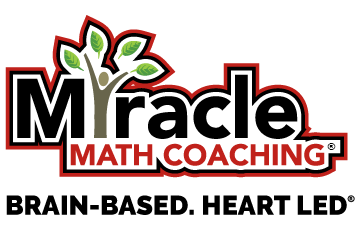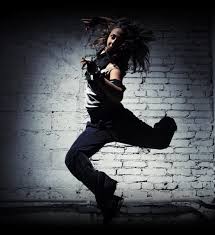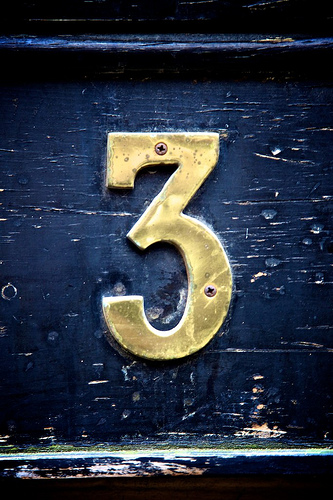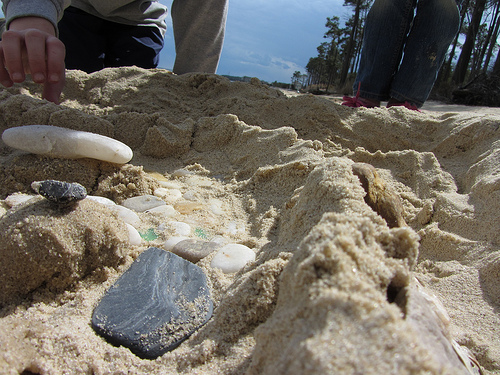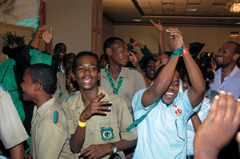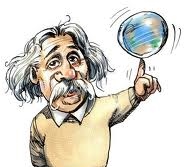Can Hip Hop Help Students Learn to Problem Solve?
 An article in “Science Daily” tells us how mathematicians and choreographers are using dance to teach math. Here’s an excerpt:
An article in “Science Daily” tells us how mathematicians and choreographers are using dance to teach math. Here’s an excerpt:
Combining math and dance concepts allows people to experience a physical sensation of the often abstract concepts of math. Mathematical problem-solving is incorporated when creating new dances, which can even inspire new mathematics. Concepts can be taught in the ballroom and applied in the classroom, bring together movement, rhythm, geometry, and more.
The terms, symbols and patterns of mathematics are often confusing, but two choreographers have calculated a way to put the rhythm in problem-solving.
It looks like a dance class, but it’s actually teachers learning a new way to teach math. “We translate pattern into choreography and we translate pattern into math,” Erik Stern, an educator and choreographer at the John F. Kennedy Center for the Performing Arts in Washington, D.C., told Ivanhoe.
Erik Stern and Karl Schaffer are the creators of a “math dance.” “Many math-phobic adults and children — young people — are put off by math because they are given symbols before they have a real solid experience on which to base it on,” Stern explains.
“Well, for many people, having a kinesthetic experience of an abstract idea is extremely helpful in understanding what that abstract is,” Karl Schaffer, Ph.D., an educator, choreographer and mathematician at the John F. Kennedy Center for the Performing Arts, told Ivanhoe.
“I saw students who normally aren’t very focused, extremely engaged in the lesson today with the movement and with the math concepts, and they loved it,” Paula Bailey, principal of the Betsey B. Winslow School in New Bedford, Mass., told Ivanhoe.
Students can create their own movement patterns. For many, the experience helps them connect with numbers they may never have understood before. “You’re dancing something that is in three’s, for example, a Waltz, it has a different feeling because it’s an odd number of beats than three fours, which has a very even feeling,” Dr. Schaffer explained.
Experiencing the physical element often adds up to understanding the abstractions of math. The math dance program is designed for grades four through twelve. The activities help teach mathematics and dance, symmetry through movement, as well as visual arts.
